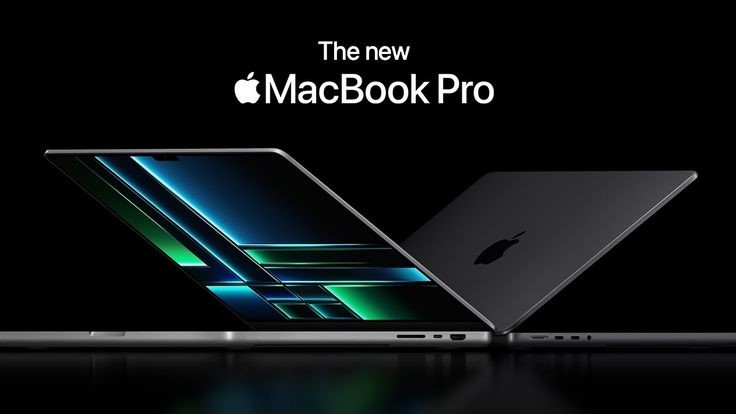
Chromebooks have become incredibly popular for their simplicity, speed, and affordability. However, not all Chromebooks come with a touchscreen feature, which can limit user experience, especially for creative tasks, drawing, note-taking, and intuitive navigation. If you’ve ever wondered how to make a Chromebook touchscreen, you’re not alone. Many Chromebook users are curious if it’s possible to add touch functionality to their devices. This article will explore all the possible ways to transform a standard Chromebook into a touchscreen, along with the pros, cons, and feasibility of each method.
Understanding the Basics: Can You Convert Any Chromebook to a Touchscreen?
Before diving into how to make a Chromebook touchscreen, it’s important to understand the hardware limitations. A Chromebook that doesn’t come with a built-in touchscreen lacks the necessary digitizer layer on the screen. This digitizer detects touch inputs. Without it, your Chromebook’s display cannot register touches, no matter what software you install.
Therefore, how to make a Chromebook touchscreen becomes a question of hardware modification or using external devices that offer touch capabilities.
Method 1: Using an External Touchscreen Monitor
One of the simplest answers to how to make a Chromebook touchscreen is to use an external touchscreen monitor. These monitors come with built-in touch functionality and can connect to your Chromebook via USB-C or HDMI (with an adapter, if needed). Here’s how:
Steps:
- Purchase a compatible external touchscreen monitor.
- Connect it to your Chromebook using USB-C or HDMI.
- Ensure your Chromebook recognizes the external monitor.
- Use the touchscreen capabilities directly on the monitor.
This method doesn’t convert your Chromebook’s native screen to a touchscreen, but it allows you to enjoy touch features. This is a safe, warranty-friendly solution when looking into how to make a Chromebook touchscreen.
Pros:
- Easy setup.
- No risk of damaging your Chromebook.
- High-quality touch experience.
Cons:
- Less portable.
- Requires additional investment.
Method 2: Touchscreen Overlays
Another solution for those exploring how to make a Chromebook touchscreen is using a touchscreen overlay. These are transparent panels that can be placed over your existing screen, effectively converting it into a touchscreen.
How it Works:
- The overlay connects via USB and sits directly over your Chromebook’s display.
- It uses infrared or capacitive touch sensors to detect touch input.
- The data is transmitted to your Chromebook as if it’s native touch input.
Steps:
- Buy a touchscreen overlay designed for your Chromebook’s screen size.
- Carefully install it over your screen.
- Connect the overlay to your Chromebook using USB.
- Install any necessary drivers (some Chromebooks might need additional configuration).
When asking how to make a Chromebook touchscreen with minimal hardware modification, overlays are a good in-between solution.
Pros:
- No internal modification needed.
- Affordable compared to buying a new touchscreen Chromebook.
Cons:
- Installation can be tricky.
- May affect screen clarity or brightness.
- May not be compatible with all models.
Method 3: DIY Touchscreen Conversion Kits
For tech-savvy users who are truly committed to how to make a Chromebook touchscreen, there are DIY conversion kits. These kits include a digitizer and controller board that can be installed inside your Chromebook. However, this involves disassembling your device.
Warning:
Attempting this method may void your warranty, damage your Chromebook, or result in improper functionality.
Steps:
- Purchase a compatible touchscreen digitizer and controller.
- Open your Chromebook carefully, following a detailed disassembly guide for your model.
- Remove the existing screen and install the touchscreen digitizer.
- Connect the controller to the motherboard.
- Reassemble your Chromebook.
- Test the touchscreen functionality.
If you’re serious about how to make a Chromebook touchscreen and are confident in your repair skills, this is the most direct method, albeit risky.
Pros:
- Full touchscreen functionality on your Chromebook.
- No need for external devices.
Cons:
- High risk of damage.
- Complex installation.
- May void warranty.
Method 4: Using Tablet Mode on Convertible Chromebooks
If you own a 2-in-1 convertible Chromebook, chances are it already has a touchscreen. Many users don’t realize that flipping their Chromebook into tablet mode activates touch input.
How to Check:
- Flip your Chromebook into tablet mode.
- Try to touch the screen—if it responds, you already have touchscreen functionality.
- Explore touch-based apps from the Google Play Store for enhanced experience.
This method is less about how to make a Chromebook touchscreen and more about discovering existing features.
Software Solutions: Can Software Make a Chromebook Touchscreen?
Unfortunately, how to make a Chromebook touchscreen is not a software-only fix. Touch input is hardware-dependent. However, certain apps and extensions can simulate touchscreen gestures using the mouse or trackpad.
While this doesn’t truly make your Chromebook touchscreen, it can mimic the experience for specific tasks.
When Should You Consider Buying a Touchscreen Chromebook Instead?
While exploring how to make a Chromebook touchscreen, you may realize that the cost and effort involved could be better spent on buying a new or refurbished touchscreen Chromebook. Models like the Lenovo Chromebook Duet, HP Chromebook x360, or ASUS Flip series come with touchscreen and convertible designs at reasonable prices.
Benefits:
- Native touchscreen support.
- No installation risks.
- Better software optimization for touch.
Things to Consider Before Trying to Make Your Chromebook Touchscreen
If you’re serious about how to make a Chromebook touchscreen, consider the following factors:
Compatibility:
- Not all Chromebooks can support touchscreen overlays or internal modifications.
- Check the screen size and connector types.
Budget:
- External monitors or overlays range from $100 to $300.
- DIY kits may cost less but have higher risk.
Skills:
- Internal modifications require knowledge of electronics.
- Improper installation can damage your Chromebook permanently.
Conclusion: Is It Worth Making Your Chromebook Touchscreen?
Ultimately, how to make a Chromebook touchscreen depends on your goals, budget, and technical skills. For casual users, external touchscreen monitors or overlays offer safe, easy solutions. For enthusiasts, DIY conversion kits present an exciting challenge—but with significant risks.
However, for long-term use and reliability, investing in a touchscreen Chromebook might be the smartest move. Remember, touch functionality enhances the Chromebook experience, but it’s essential to weigh the benefits against the potential drawbacks.
Final Thoughts
Learning how to make a Chromebook touchscreen opens up many possibilities. Whether through external hardware or internal modification, adding touch capabilities can improve productivity, creativity, and entertainment. Just be sure to choose the method that aligns with your comfort level and needs.
By considering all your options and understanding the process, you can make an informed decision on how to make a Chromebook touchscreen and unlock a whole new world of interactivity on your device.






